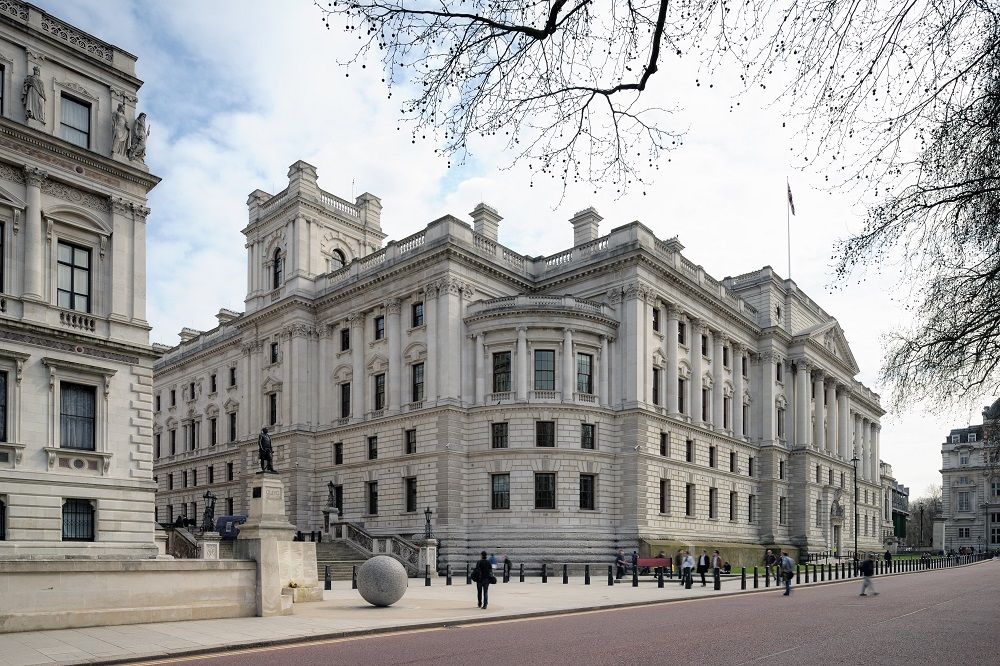Recent announcements regarding the increase in GDP and inflation both point towards another strong phase of recovery, but the headlines hide a slightly different story.
GDP figures covering the second quarter of 2021 were incredibly positive, showing almost record growth in a single period of 4.8%. Inflation figures released around the same time and covering June 2021, showed the rate of increase of prices sitting at 2.5%, primarily driven by food and energy.
Still not back to pre-pandemic levels
But even a quarterly increase of nearly 5% of GDP means that the economy overall is still struggling to return to pre-pandemic levels, remaining some 4% off 2019 figures. The figure of 4.8% is also slightly lower than had been expected. Forecasts suggest that whilst significant steps have been made in recovering consumer spending and that easing of restrictions will continue to have a positive effect, GDP growth is unlikely to remain at this level, and the full recovery to pre-pandemic levels may not be seen until Q1 2022 – assuming no further setbacks.
Interest rate rise?
In delivering the latest inflation report, the Governor of the Bank of England also warned that cost pressures may mean that inflation continues to rise and could hit 4% by the end of 2021. Whilst this points to strong market conditions when combined with GDP growth (i.e., prices are rising and people pay them) he flagged those increased prices would hit those already struggling financially following the pandemic. Keen to offer some reassurance however, he said that above target (2%) inflation was likely to be a temporary feature and reflected pent up demand and recent issues with global shipping. As these two factors begin to calm themselves, inflation would return to an acceptable level. As a result, the Bank of England decided to hold interest rates at their current level, whilst also providing guidance to the market that any rises in interest rates would be slow and limited.
